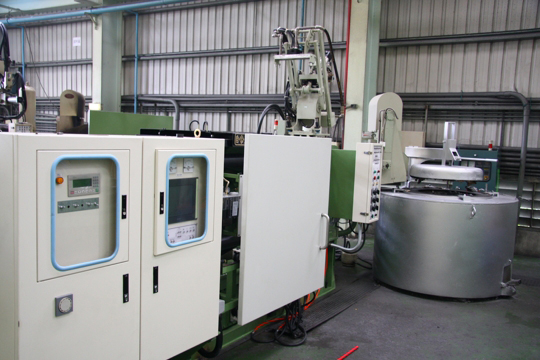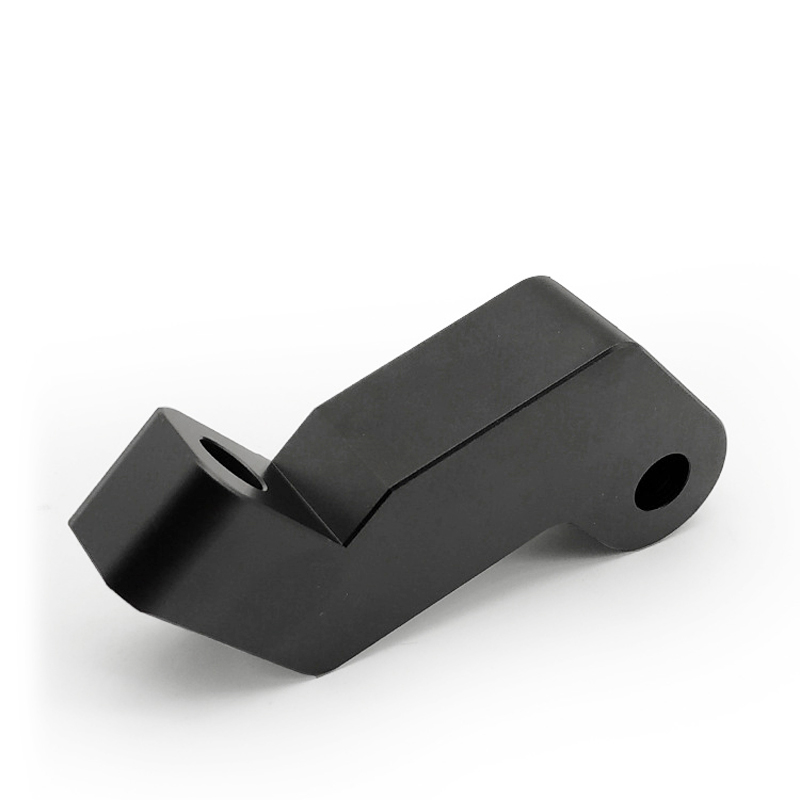The Die Casting Industry: Precision, Efficiency, and Innovation
2023-07-12 22:06:02
Introduction:
The die casting industry has long been an integral part of manufacturing, providing precision-engineered metal components for
a wide range of applications. From automotive and aerospace to consumer electronics and beyond, die casting plays a crucial role
in creating complex, durable, and cost-effective products. In this article, we will explore the fundamentals, advancements, and
future prospects of the die casting industry.
The Basics of Die Casting:
Die casting is a manufacturing process that involves injecting molten metal, typically aluminum, zinc, or magnesium, into a reusable
steel mold known as a die. This mold is designed with intricate cavities and cores that determine the shape and features of the final
product. The molten metal solidifies quickly within the die, allowing for high production rates and precise replication of complex
geometries.
Advantages of Die Casting:
Precision: Die casting offers excellent dimensional accuracy and repeatability, ensuring consistent part quality. The ability to
create intricate details and tight tolerances makes it ideal for producing complex components.
Efficiency: Die casting is a highly efficient process that enables rapid production cycles. With minimal post-processing required,
it allows for reduced labor costs and shorter lead times.
Strength and Durability: Die cast components possess exceptional mechanical properties, including high strength-to-weight
ratios and excellent corrosion resistance. This makes them suitable for demanding applications where structural integrity is vital.
Cost-effectiveness: The combination of high productivity, minimal material waste, and extended tool life contributes to cost
savings in large-scale production. Die casting also eliminates the need for additional assembly operations by integrating
multiple features into a single component.
Technological Advancements:
Over the years, the die casting industry has embraced technological advancements that have further enhanced its capabilities:
Advanced Tooling: Computer-aided design (CAD) and computer-aided manufacturing (CAM) tools enable the creation of
highly intricate and precise molds. Simulations and prototyping techniques optimize mold designs, reducing development
time and costs.
Process Monitoring and Control: Real-time monitoring systems ensure consistent part quality and enable prompt adjustments
if deviations occur during production. This ensures high accuracy, reduces defects, and minimizes waste.
Alloy Development: Innovations in alloy compositions and metallurgical processes have expanded the range of metals suitablefor die casting. This includes lightweight alloys like aluminum and magnesium, offering enhanced strength and improved
thermal properties.
Automation and Robotics: Automation plays a significant role in streamlining die casting operations. Robotic systems can
handle complex tasks such as mold handling, casting extraction, and post-processing, enhancing efficiency and reducing human
error.
Future Outlook:
The die casting industry is poised for continuous growth and innovation. Several trends will shape its future:

Lightweighting: With the increasing emphasis on fuel efficiency and sustainability, the demand for lightweight components will
rise. Die casting, particularly with aluminum and magnesium alloys, will play a pivotal role in meeting these requirements.
Sustainability: The die casting industry is actively pursuing environmentally friendly practices. This includes using recycled
materials, optimizing energy consumption, and implementing efficient waste management systems.
Additive Manufacturing Integration: Combining die casting with additive manufacturing techniques can provide unique design
possibilities and cost-effective prototyping. The integration of 3D printing and die casting will enable rapid tooling production
and improved product development cycles.
Smart Manufacturing and Industry 4.0: The adoption of data-driven manufacturing processes, IoT-enabled devices, and
advanced analytics will transform the die casting industry. Smart factories will optimize production, minimize downtime,
and enable predictive maintenance.
Conclusion:
The die casting industry has established itself as a vital manufacturing process, delivering high-quality, cost-effective metal
components across various sectors. With ongoing advancements in technology and a focus on sustainability, the industry is
well-positioned to meet the demands of the future. Die casting will continue to enable the creation of complex and durable
products while driving innovation and efficiency in the manufacturing landscape.

LEAVE YOUR MESSAGES
If you have any questions about products, please contact us.
